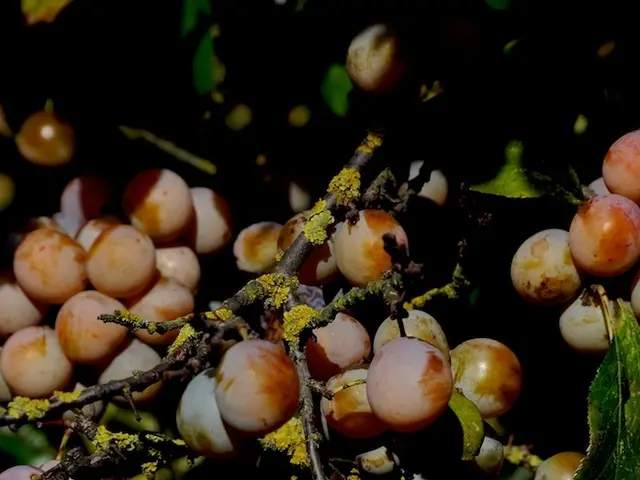Atlanta's Green Infrastructure Fight: Reducing Pollution, Improving Flood Control
Atlanta has been proactive in managing its water resources, implementing green infrastructure solutions to combat polluted runoff and flooding. In 2013, the city adopted an ordinance requiring new developments to manage the first inch of rainwater using green methods, reducing runoff by 950 million gallons annually. This initiative, along with other green infrastructure projects, has led to significant improvements in water quality and flood control.
The city's commitment to green infrastructure is evident in its projects and plans. In 2021, Atlanta opened Cook Park, featuring wet detention ponds, rain gardens, and stormwater planters to prevent flooding and provide recreational attractions. The city's Clean Water Atlanta program aligns with the Strategic Green Infrastructure Action Plan, aiming to improve water quality and security through green solutions. The Strategic Action Plan, approved in 2018, sets a goal to reduce stormwater runoff volume by 225 million gallons annually using green infrastructure.
Atlanta's efforts extend beyond city limits. The city's consent decree requires eliminating unpermitted discharges from its combined sewer system and improving wastewater treatment facilities to reduce sanitary sewer overflows. This comprehensive approach has stimulated the adoption of green infrastructure, resulting in significant combined sewer overflow improvements.
Atlanta's commitment to green infrastructure has yielded tangible results, reducing polluted runoff and improving water quality. The city's Strategic Green Infrastructure Action Plan and Clean Water Atlanta program, along with projects like Cook Park, demonstrate a proactive approach to managing water resources. These initiatives not only benefit the environment but also enhance recreational spaces for residents.







